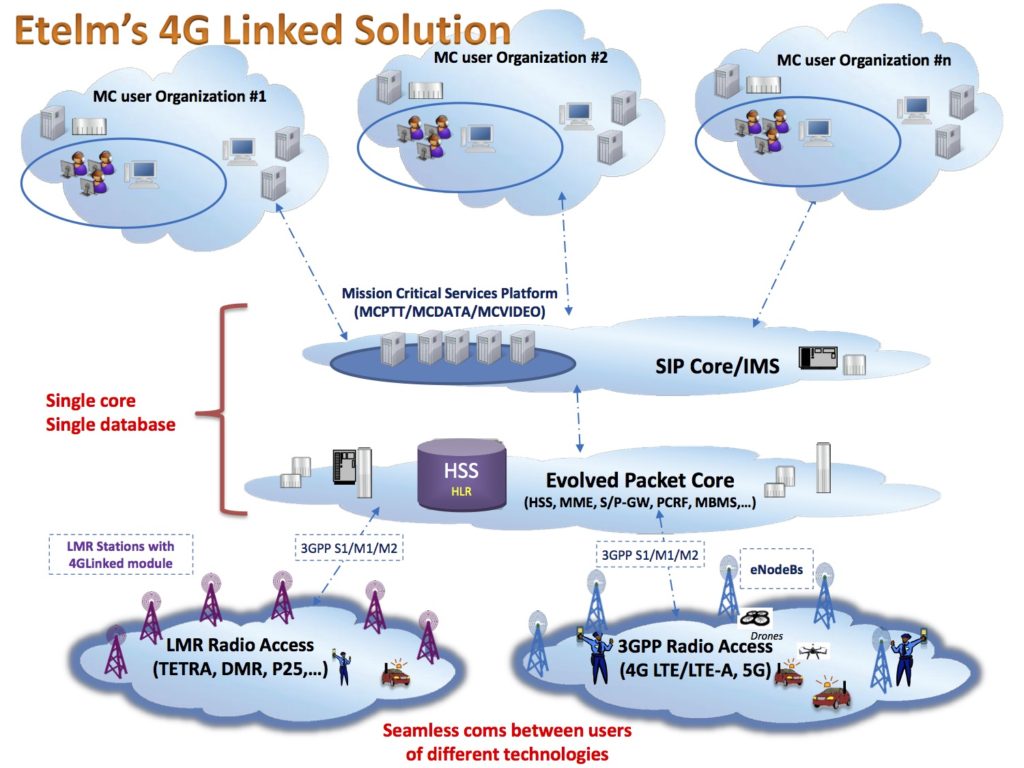As new LTE mission critical standards are being established by 3GPP, there is a major opportunity for the rail industry to benefit from the latest secure broadband voice and data services.
This was the message given by Paul Ward, International Sales Director for ETELM, speaking on the opening day of Asia Pacific Rail in Hong Kong.
Ward described how LTE offers mission critical services that represents an exciting opportunity for railway operators to provide a single solution for operational and maintenance services.
This includes passenger information applications, CCTV, traffic management, ticketing and other services.
He explained how this unified network will help railway operators to optimise services, reduce infrastructure costs and even provide new revenue streams such as through broadcasting advertisements.
Ward commented: “Communications requirements within the transport sector involve advanced, mission critical voice and data services along with the integration of other applications such as signalling, dispatching and passenger information.
“Mission Critical LTE provides the perfect solution for transport communications as it offers higher speed mobile data services and mission critical voice services.”
Traditional narrowband services offer a secure network solution for both voice and data, explained Ward, however “data capacity is limited and the integration to high bandwidth services is a challenge for traditional narrowband LMR systems.”
“Having both broadband and narrowband connecting on a single LTE EPC core is the future. The timing for Mission Critical LTE is now perfect as new LTE standards for mission critical voice, data and video now have internationally approved standards.
“LTE offers a single network solution, allowing integration with advanced broadband data services,” he continued.
Ward explained how a single, secure communications backbone, for trackside and station communications, is an ideal approach for railway systems.
Instead of having several disparate systems all requiring independent maintenance and support methodologies, LTE allows all systems to be integrated into a single eco-system capable of supporting communications now and in the future.
Presenting a new model for railways operators, Ward commented: “As Mission Critical services are implemented, the model could be to provide a private solution with additional consumer services or to outsource the Mission Critical operational services to a mobile network operator that will benefit from the additional consumer services onboard and in stations.”
To meet the communications needs of the transport sector now and in the future, ETELM introduced 4G Linked, the most advanced hybrid solution based on LTE & TETRA communications services. The solution is based on international standards for transmission networks based on the LTE Core. It provides seamless communications between both technologies, allowing them to operate seamlessly over a single, fully distributed network. ETELM is also following the definition of Future Railway Mission Critical Standards (FRMCS) closely. FRMCS is based on LTE and will be an improved, next generation standard after GSM-R.
ETELM is a Paris-based manufacturer of mission critical communications infrastructure, and has been supplying advanced, reliable communications for the transport sector for more than 35 years. ETELM specialises in supplying advanced communications for several sectors but has major experience in the transport industry, including supplying all track side TETRA communications for the flagship V150 Project in France, in which the World Train Speed Record for wheeled trains was achieved at 574.8km/h.
 Engineer News Network The ultimate online news and information resource for today’s engineer
Engineer News Network The ultimate online news and information resource for today’s engineer




